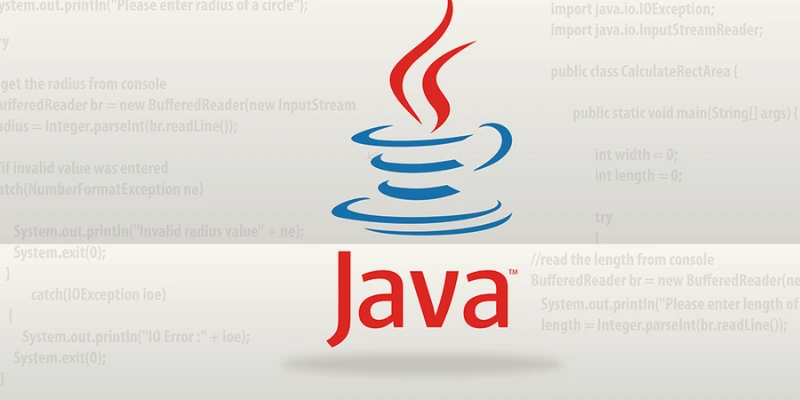In today’s world of scalable and maintainable software, code reusability is a major concern for developers. Java provides a powerful feature to address this concern: generics in Java. By enabling developers to write more general and type-safe code, generics have become a cornerstone of modern Java programming. Whether you’re developing collection libraries or designing complex APIs, mastering generics is essential for writing flexible and bug-resistant software.
What Are Java Generics and Why Do They Matter?
You may deal with diverse data types while preserving compile-time type safety by using Java generics to construct classes, interfaces, and techniques with placeholder types. For example, rather than creating separate classes to handle integers, strings, or other objects, you can use a generic class that works with any object type.
This feature was introduced in Java and has since become deeply embedded in the Java Collections Framework and other parts of the Java API. Generics not only improve code clarity but also help eliminate the need for casting, reducing runtime errors and enhancing overall application robustness. Understanding how to apply generics is a fundamental part of mastering Java, and this knowledge is often covered in depth in Java Course In Gurgaon, where students get hands-on experience working with generic classes and methods.
How Generic Programming in Java Boosts Code Reusability
Generic programming in Java is all about designing algorithms and data structures that work with any object type. By abstracting the type information, you create reusable components that don’t rely on specific data types. This practice results in fewer code duplications, better test coverage, and a more modular architecture.
A common use case is in the Java Collections Framework. Classes like ArrayList, HashMap, and HashSet are all designed using generics. You can define an ArrayList to store only integers or strings, and the compiler enforces the type safety without requiring explicit casting.Code that is easier to read, debug, and upkeep is the result of this. When you work through these real-world examples in a structured learning environment, a Java Training in Dindigul can guide you through practical implementations and help you apply generic techniques to real coding challenges.
Type Parameters and Bounds in Java Generics
A key part of mastering Java generics is understanding how to declare and use type parameters. You typically see angle brackets used in generic declarations, such as <T>, <K, V>, and so on. These parameters can also be bound to limit the types that can be passed. For instance, you might define a method that only accepts objects that are subclasses of a particular class using the extends keyword. This ensures that only appropriate types are used, providing both flexibility and control. Another feature is wildcard types, represented by ?, which provide even more generality when dealing with collections or APIs where the exact type might not be known. To explore these complex but powerful ideas thoroughly, developers need to understand core concepts like type erasure, bounded wildcards, and generic constraints through practical experience and deep theoretical knowledge.
Common Pitfalls When Using Java Generics
Despite the benefits, using generics in Java can sometimes be confusing. Type erasure, for example, removes the generic type information at runtime, which means you can’t use instanceof checks with generic types or create generic arrays directly. These limitations can trip up even experienced developers if not fully understood, especially when trying To Build your first Android app using Java, where a solid grasp of generics is crucial for writing reusable and type-safe code.
Another challenge comes from wildcard usage. While wildcards add flexibility, they can also make method signatures harder to read and maintain. It’s crucial to understand when to use bounded wildcards (<? extends T> or <? super T>) and when to avoid them to keep the codebase simple and readable. These advanced use cases and nuances are often best understood in the context of guided learning. Many developers who aim to build high-quality software find that joining a Java Course in Tirunelveli helps demystify these areas with real project examples.
How Generics Fit into the Bigger Java Ecosystem
Generics are more than just a syntactic feature; they influence the design and architecture of Java libraries, frameworks, and enterprise applications. From working with Streams and Lambdas to integrating APIs and creating custom data structures, the correct use of generics ensures that your code is scalable, maintainable, and type-safe. Moreover, generics align perfectly with Java’s strong typing system and object-oriented principles. They empower developers to write DRY (Don’t Repeat Yourself) code and build frameworks that can evolve without compromising stability or type integrity.
Making Generics Work for You
Understanding and applying generics in Java is essential for developers who want to write reusable, type-safe, and efficient code. Whether you’re building data structures, integrating with frameworks, or designing APIs, generics provide the flexibility and safety that modern Java applications demand. If you’re committed to mastering these skills, enrolling in a Java Training in Kanchipuram can give you a deeper perspective and hands-on experience, helping you write cleaner and more powerful Java code for any application domain.
Also Check: Understanding Java Beans
